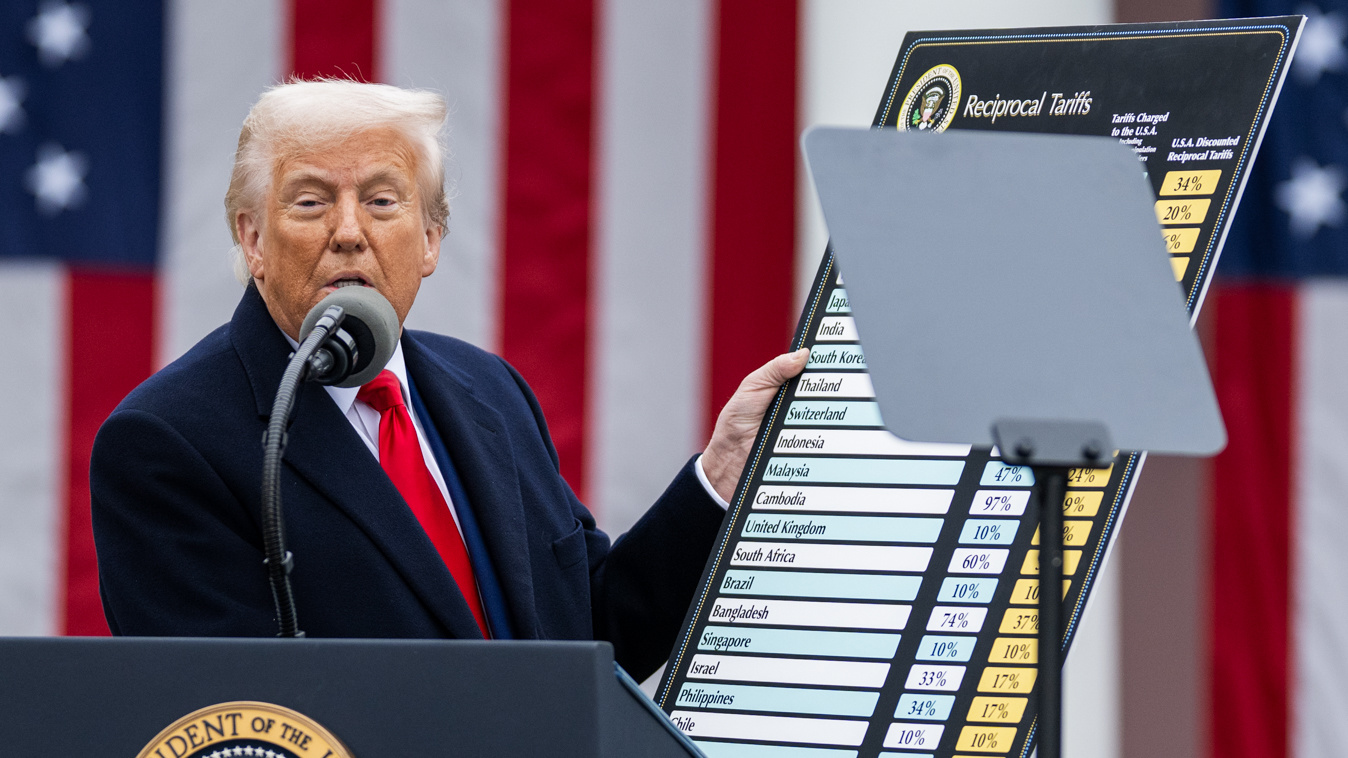Residential solar roofer GAF Energy will reshore some of its manufacturing out of South Korea and into a new, 112,000 square foot facility in San Jose, California this year thanks to tariffs.
GAF Energy is not a solar producer. They are a roofing company that integrates solar panels with new, high-tech rooftops made specifically to help capture the energy of the sun. But, the company said it wants to reduce risks associated with global supply chains, including dependence on Asia, and the costs associated with transoceanic shipping.
The Silicon Valley factory will employ about 400 people in manufacturing, engineering, and design, and research and development for residential solar power, PV Magazine reported.
Moves like this are precisely what CPA has already seen with solar module production, and now solar roofs, from the Section 201 solar tariffs imposed in 2018.
If the U.S. is going to reduce its fossil fuel use and switch to wind, solar and electric cars, then Washington policymakers need to take a hard look at where all of this supply is coming from. Hint: it’s not the U.S.
We need more GAF Energy-type reshoring if Biden is to achieve his aims of making his climate initiatives an American manufacturing jobs program, not an Asian jobs program.
“For too long we have failed to use the right words when it comes to discussing the climate crisis,” President Biden said in his speech to Congress in April. “The American Jobs Plan will put more engineers and construction workers to work building more energy-efficient buildings and homes….IBEW workers installing electric charging stations so we can own the electric car market,” he said to a standing ovation in a half-empty House chamber.
CPA is wary that focusing on “installing” and “construction” takes away from the more important matter of manufacturing at home. Installers and construction crews will still be busy, only they will be busy installing a larger percentage of domestic solar panels. you would maintain the installer and construction jobs, while increasing manufacturing jobs. Moreover, it is imperative that we keep a chunk of this industry here as that leads to innovation. The alternative is to watch Asian companies, led by China, be the ones designing new solar technologies.
All of this will require American policymakers to take proactive steps to counteract huge state subsidies by China.
State of the U.S. Solar Industry
Under the stimulus of the Section 201 safeguard tariffs on solar module imports, U.S. producers achieved a 10-year high in market share of 19.8% in 2019. Solar energy installations grew 43% in 2020 and are set to be more than 50% greater than forecasts made prior to the implementation of the 201 tariffs.
The solar industry is still dominated by China at key points in the supply chain, and the U.S. cannot rebuild its solar manufacturing base without further proactive policy measures.
China dominates 64% of the polysilicon market and that is expected to rise to 75% by 2023, based on industry estimates. Polysilicon is the key starting point in making solar ingots, which later turn into the solar cells that go into your solar panel. It is also used to make semiconductors.
Worth noting, Xinjiang China is one of the biggest producers of polysilicon. Xinjiang is the Western China state that is committing genocide against Muslim minority groups, the U.S. State Department said in an official statement this year.
China has a chokehold on ingot and wafer production with 99% of that market share, and as a result, they produce around 80% of the world’s solar cells. Most of the solar cells in American made solar panels come from China multinationals spread throughout Asia.
Chinese private companies, Beijing, state and local governments have invested an estimated $47 billion in solar power since 2005, primarily to export to Europe and the U.S. At least 100 U.S. companies have been put out of business due to China’s relentless mercantilism in this space, amounting to a loss of $10 billion in investment and thousands of jobs.
For more information on building a domestic solar industry, see our March 2021 research paper by CPA chief economist Jeff Ferry, “Reclaiming the U.S. Solar Supply from China.”












